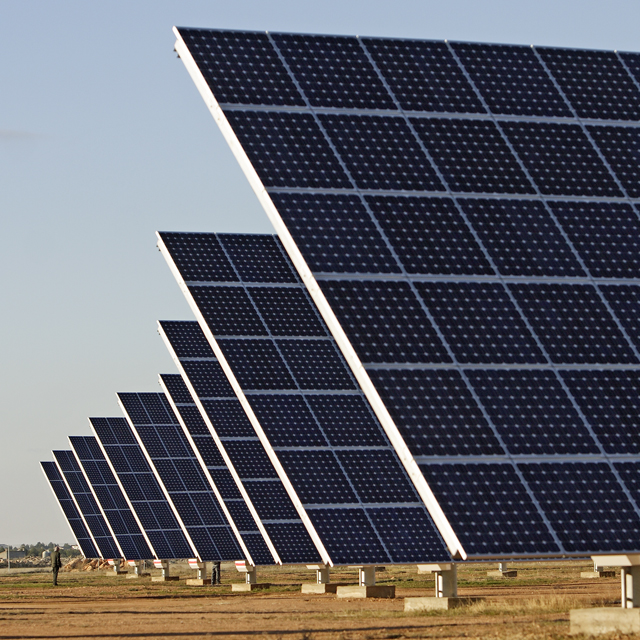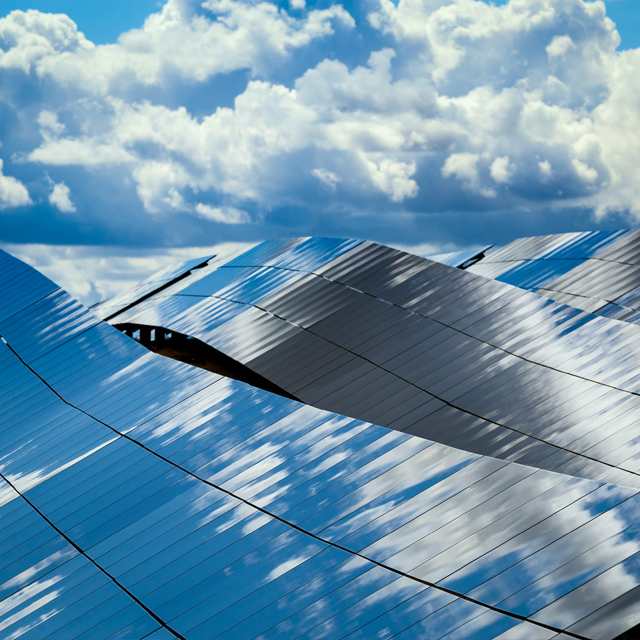This is how the first neighbourhood capable of self-generating its energy requirements will work
This village, capable of generating its own lighting and food production, will be ready to be inhabited as of 2017
The ancient art is inspiring the design of solar cells so they can change shape to catch the sun
Although we don’t know exactly when the art of kirigami began, documentary evidence over 1,800 years old mentions the technique, which consists of cutting up paper to make representations of objects, such as snowflakes and flowers. According to experts, kirigami probably originated at the same time as paper was invented in China, and remarkably the age-old practice is inspiring our innovations today.
Unlikely as it might seem, the technique of kirigami is inspiring renewable energy research at the University of Michigan in the northeast USA. Since 2015, engineers in the university’s research center have been using the forms and movement from this millennium-old art to create more efficient solar panels, which promise to be significantly cheaper to make than current solutions in the field.
Efficiency of solar cells depends on their position with respect to sunlight, producing up to 40% more energy when facing in the right direction. But present solar tracking mechanisms used are very heavy, cumbersome and made up of costly structural components, which makes it impossible to situate them on rooftops or slopes.


The researchers have come up with a system of solar cells that, imitating kirigami, can change shape in a similar way to a sheet of paper containing cuts in it. In this way, when there is sun, the solar cells are programmed to split into segments and spread out, adapting their angle to the sun’s rays.
By adjusting the intensity of this stretching, the solar cells bend and unbend in a controlled manner so as to improve their optical and mechanical properties, generating almost as much electricity as conventional tracking systems and up to 36% more than in a stationary panel. The stationing of the panels can remain the same, since the changes occur on a small scale.
The high efficiency rates achieved by the prototype make it a simple, lightweight alternative to conventional tracking systems and although more research is needed on the technical aspects of scalability, potential applications could include almost any type of solar cell that can be installed in rooftop systems.
So, futuristic progress with its origins in the ancient past is being achieved to give the world an ever more efficient technology for converting renewable energy into heat and electricity.
Source: Science Daily.
More information about solar energy and solar photovoltaic energy
All fields are mandatory.
Read the most discussed articles
{{CommentsCount}} Comments
Currently no one has commented on the news.
Be the first to leave a comment.
{{firstLevelComment.Name}}
{{firstLevelComment.DaysAgo}} days ago
{{firstLevelComment.Text}}
Answer{{secondLevelComment.Name}}
{{secondLevelComment.DaysAgo}} days ago
{{secondLevelComment.Text}}